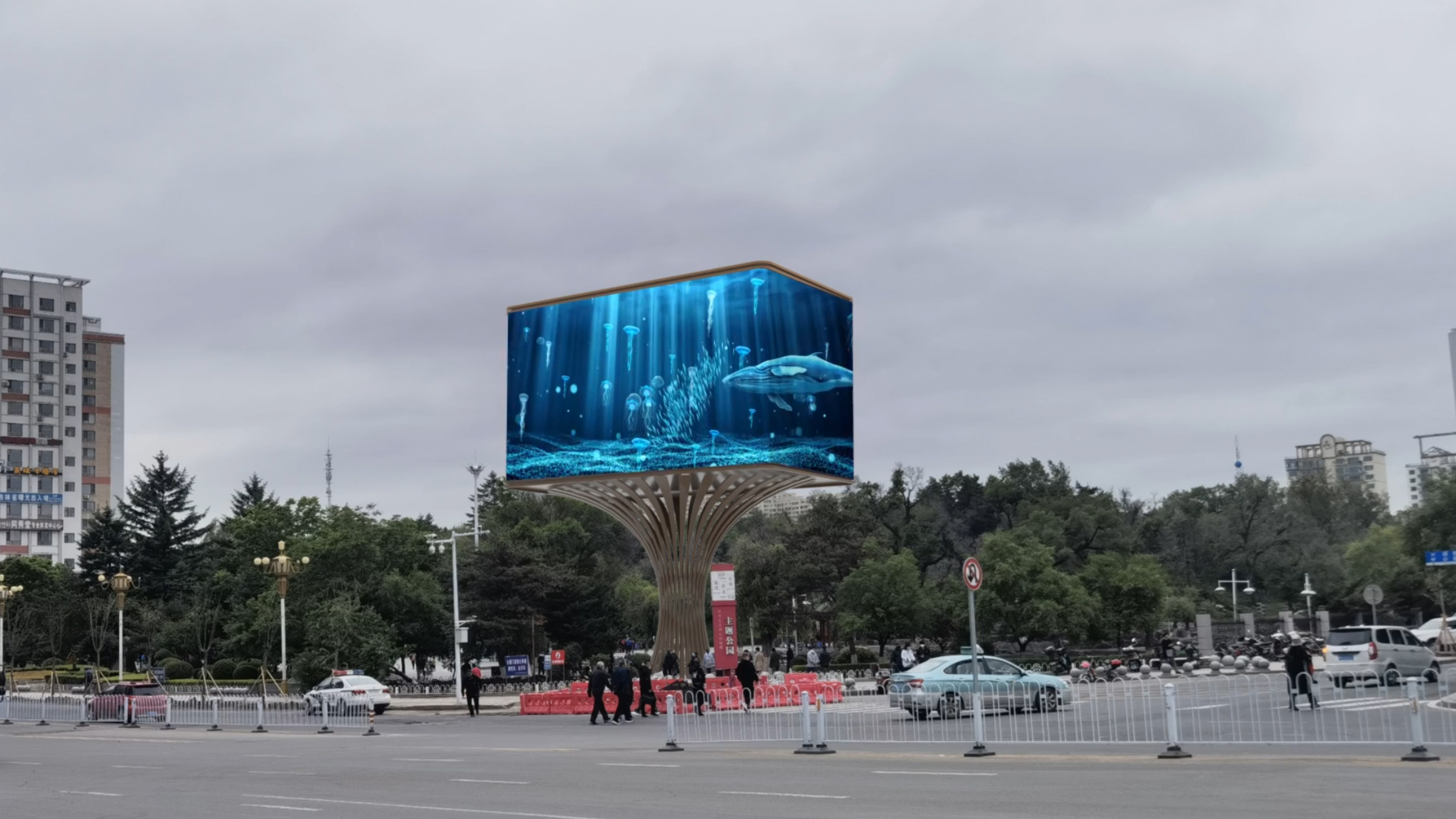The development of indoor LED displays faces several challenges, despite the advancements made in this technology. Some of the key challenges include:
Image Quality: Indoor LED displays need to deliver high-resolution and vibrant images to provide an immersive viewing experience. However, achieving excellent image quality across large display areas can be challenging. Uniformity of brightness, color accuracy, and contrast ratio are crucial aspects that need to be addressed.
Pixel Pitch and Viewing Distance: Pixel pitch refers to the distance between individual pixels on an LED display. For indoor displays, smaller pixel pitches are desirable to achieve higher image resolution. However, reducing the pixel pitch increases the density of LEDs, resulting in heat generation and potential thermal management issues. Additionally, the appropriate viewing distance needs to be considered for optimal viewing quality.
Heat Dissipation: Indoor LED displays can generate significant heat due to the large number of LEDs operating simultaneously. Heat dissipation becomes a critical challenge, as excessive heat can impact the performance and lifespan of the LEDs. Efficient cooling systems and thermal management techniques are required to ensure long-term reliability.
Power Consumption: LED displays consume considerable amounts of power, especially when operating at high brightness levels. Minimizing power consumption is essential for energy efficiency and reducing operational costs. Advancements in LED technology and power management techniques are necessary to address this challenge.
Color Calibration and Consistency: Consistent color reproduction across the entire display is crucial for indoor LED screens, particularly in applications such as broadcasting, advertising, and professional video production. Achieving color calibration and consistency requires precise color control algorithms and regular calibration procedures.

Scalability and Flexibility: Indoor LED displays are often used in large-scale installations, such as auditoriums, sports arenas, and conference halls. Ensuring scalability and flexibility in terms of size, shape, and configuration becomes challenging. Designing modular and customizable LED panels that can be seamlessly integrated and expanded is an ongoing area of development.
Viewing Angle and Reflections: LED displays typically have a limited viewing angle where the image quality is optimal. Viewing the display from extreme angles can result in color shifts and reduced visibility. Additionally, indoor environments often have various light sources that can cause reflections on the display, potentially impacting visibility and legibility.
Cost: While the cost of LED display technology has decreased over time, it remains a significant investment, particularly for large-scale indoor installations. Achieving a balance between cost, performance, and longevity is essential to make indoor LED displays more accessible and economically viable.
Addressing these challenges requires ongoing research and development in LED technology, thermal management, power efficiency, manufacturing processes, and software algorithms. As technology progresses, we can expect improvements in these areas to further enhance the development of indoor LED displays.

3th Building,Gaosite Zone Pingshan
New District, Shenzhen

sevice88@kingaurora.com
3th Building,Gaosite Zone Pingshan
New District, Shenzhen